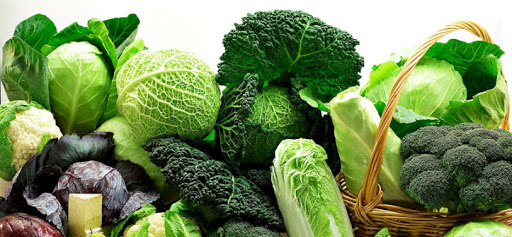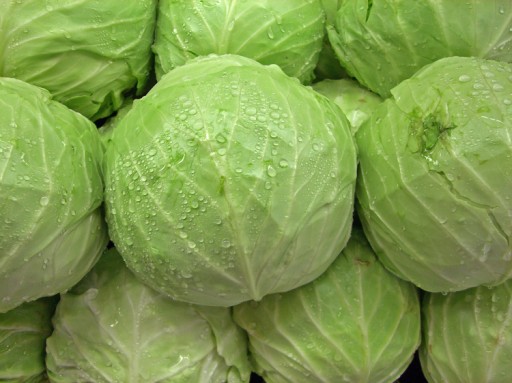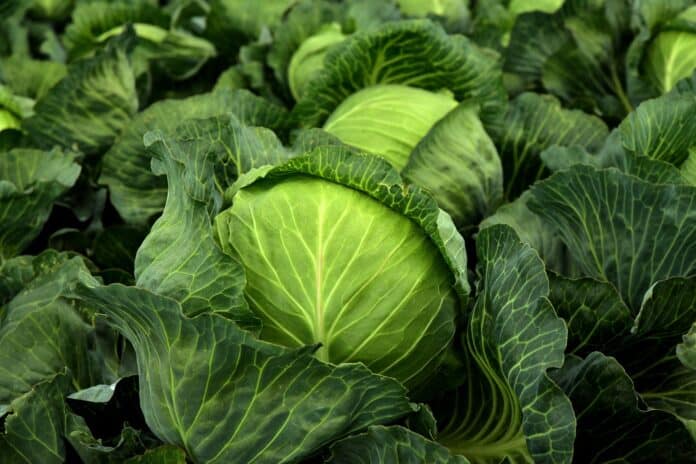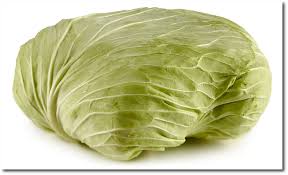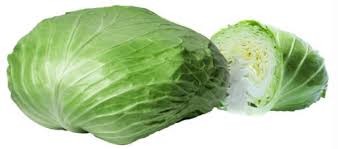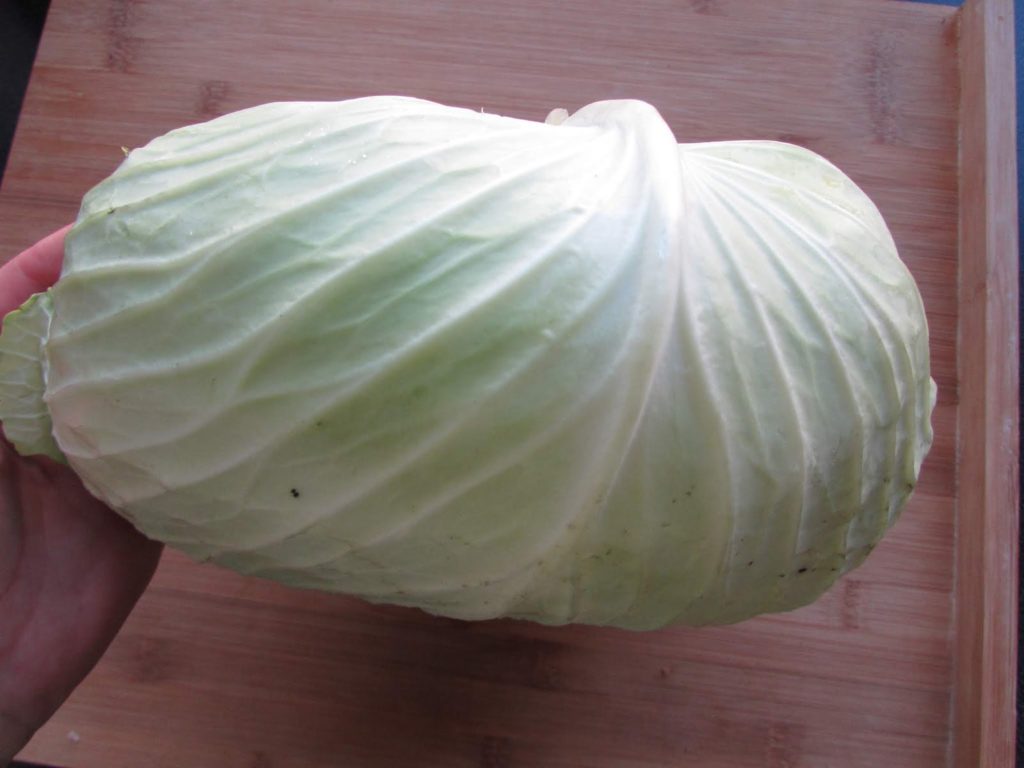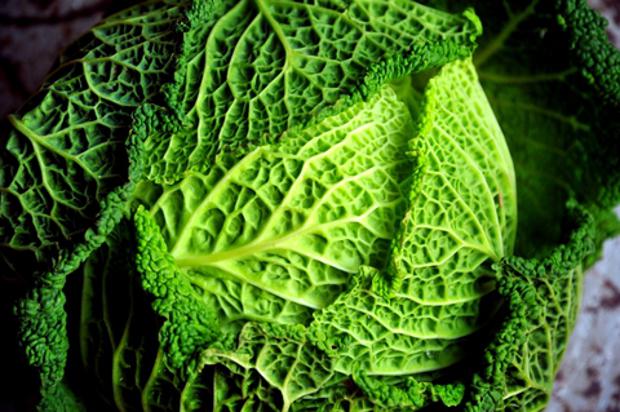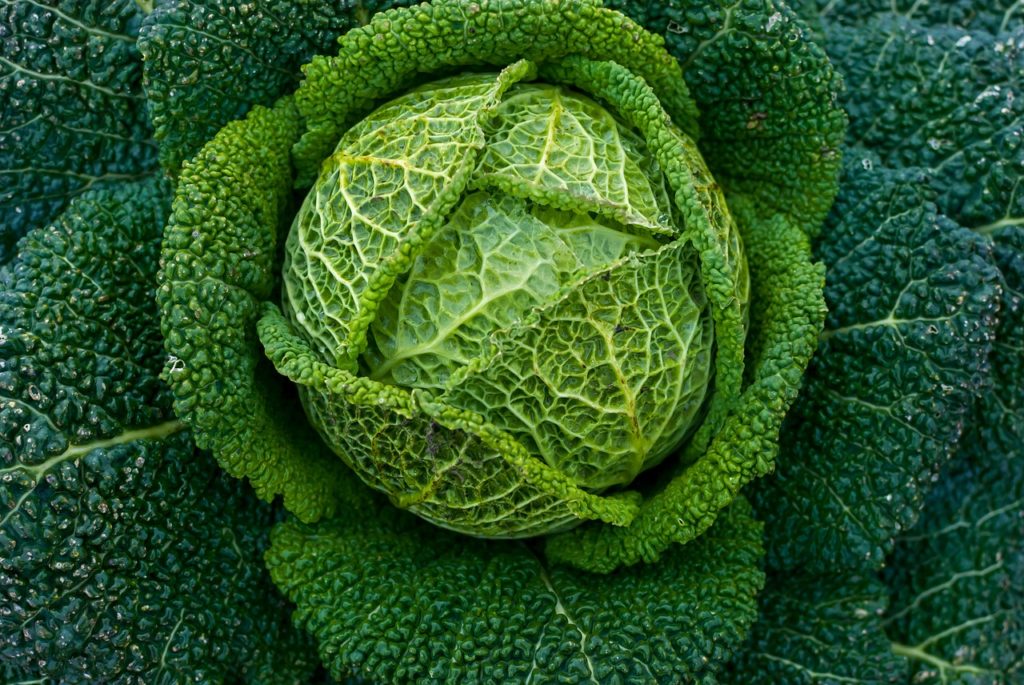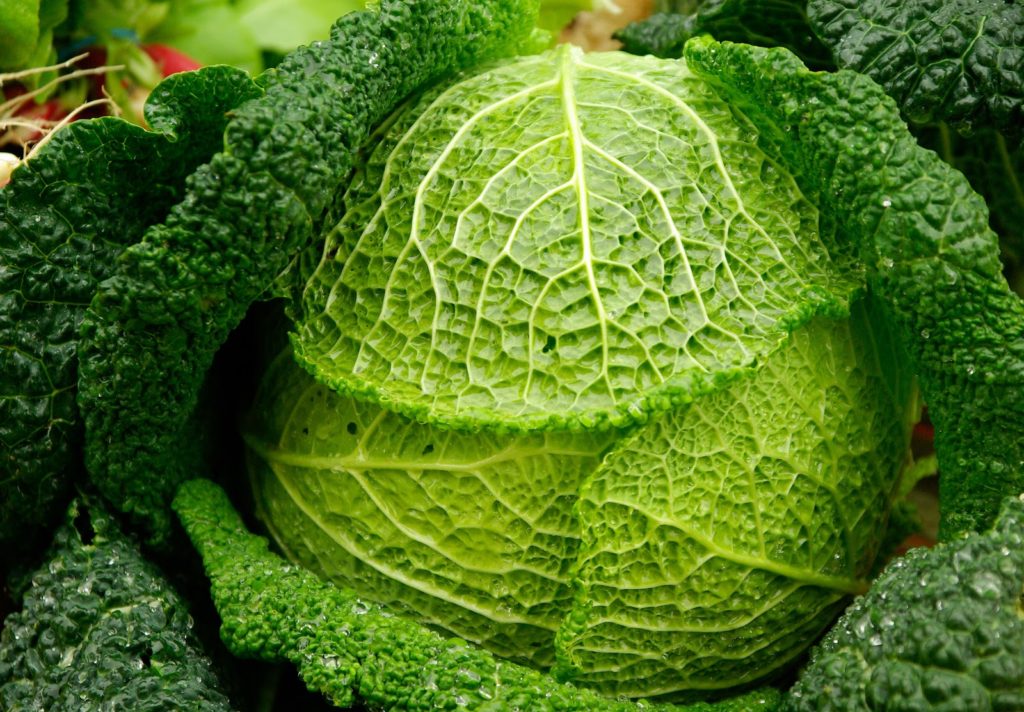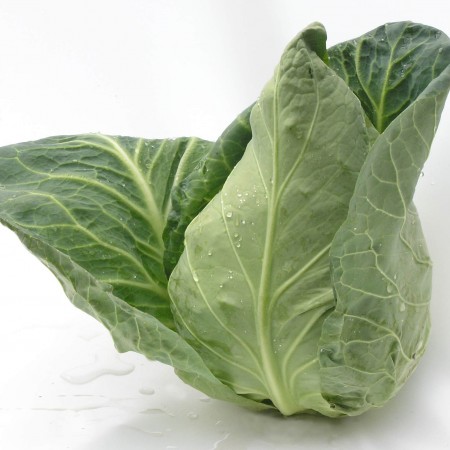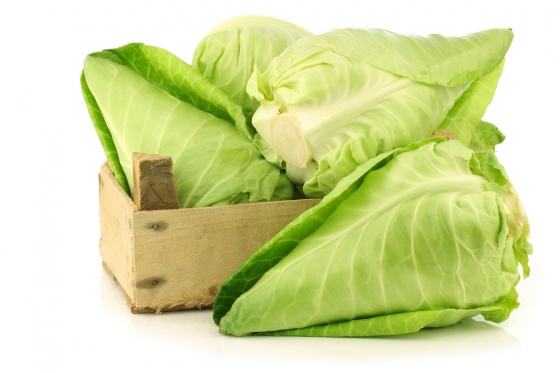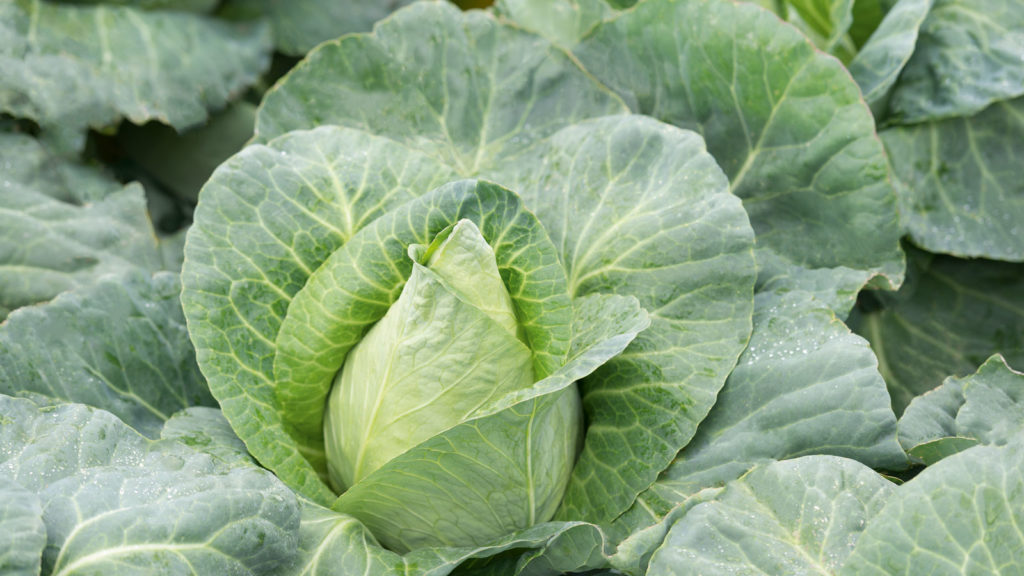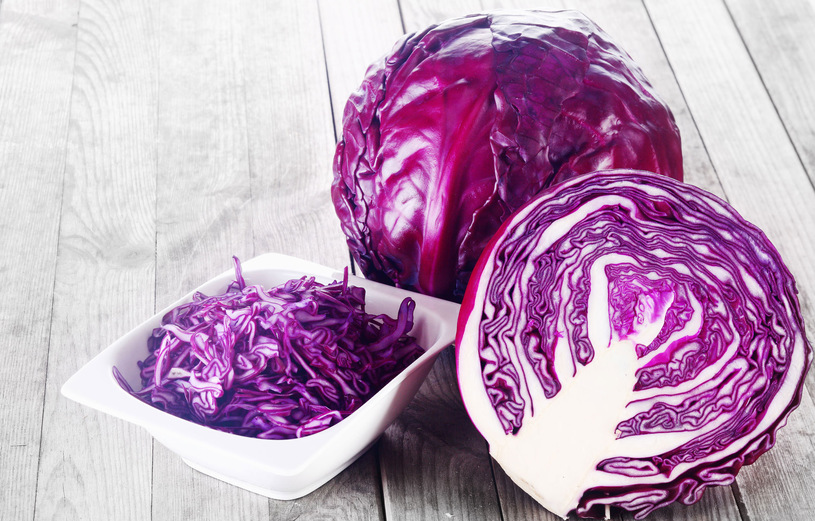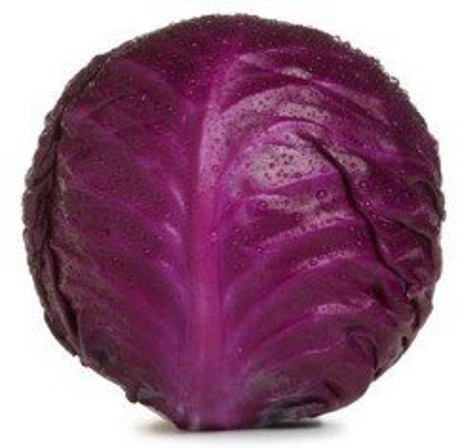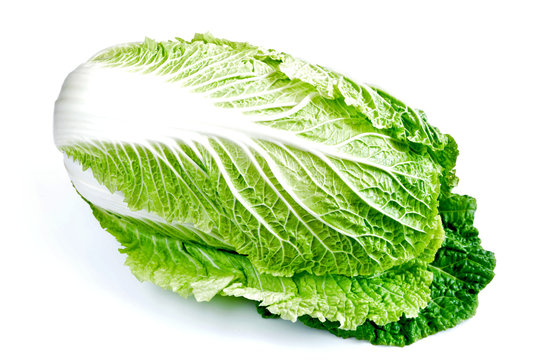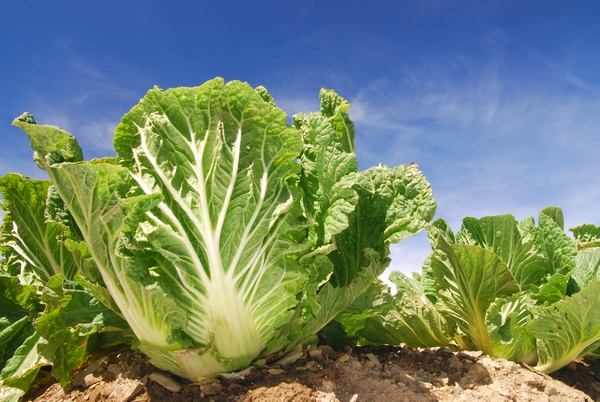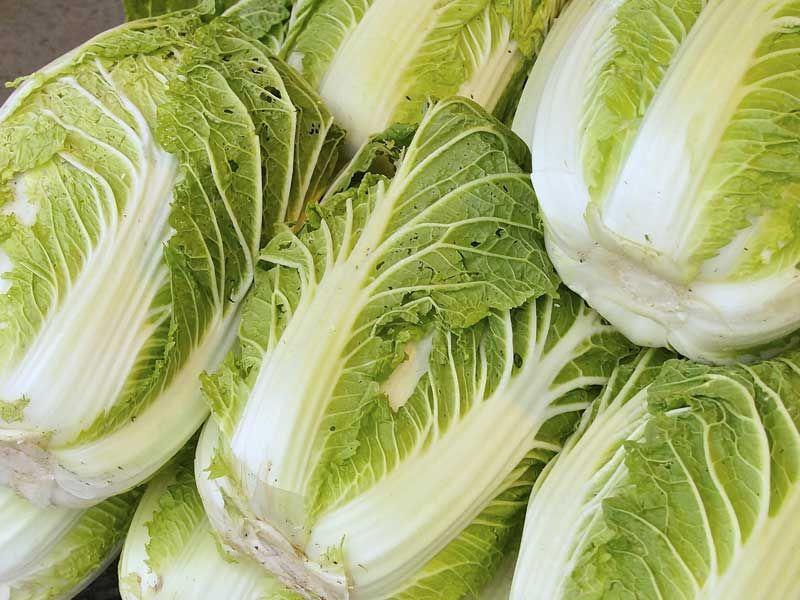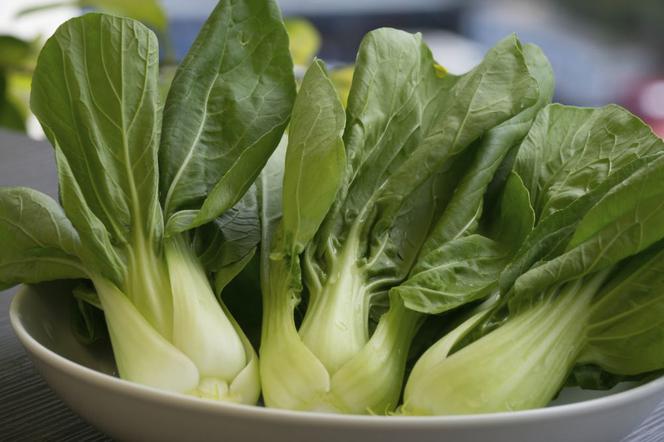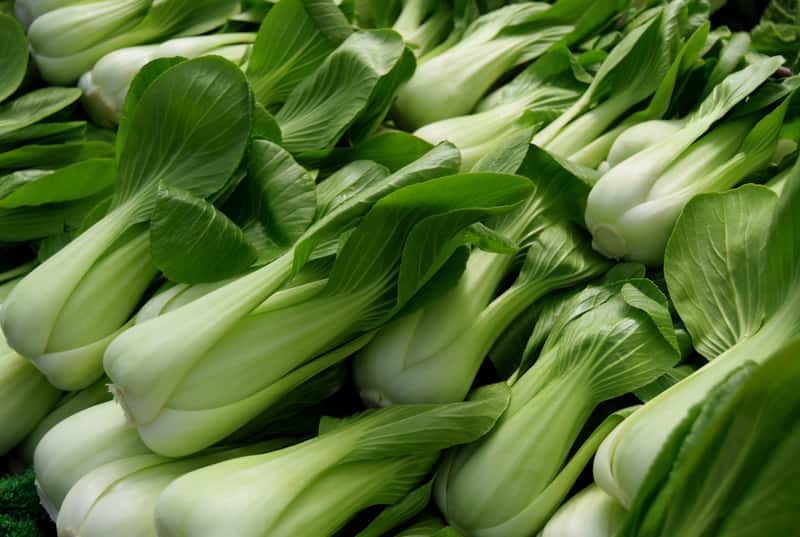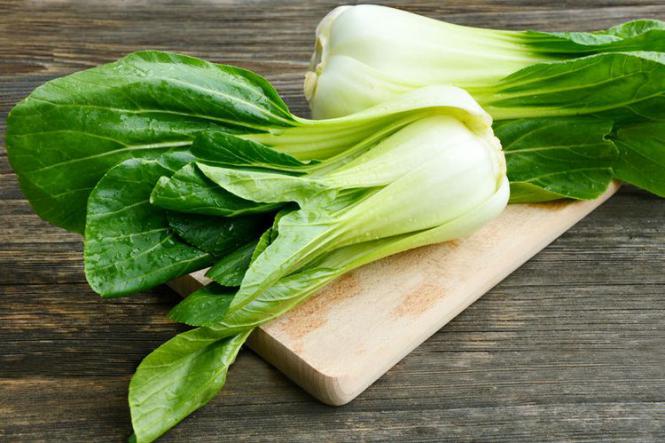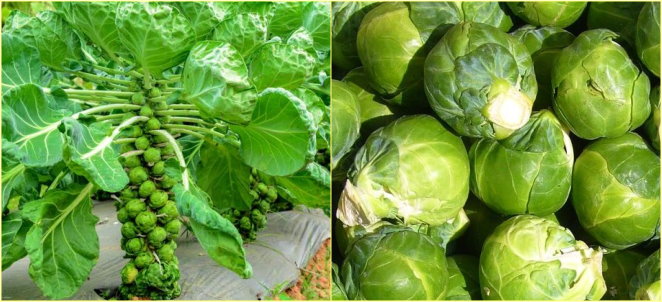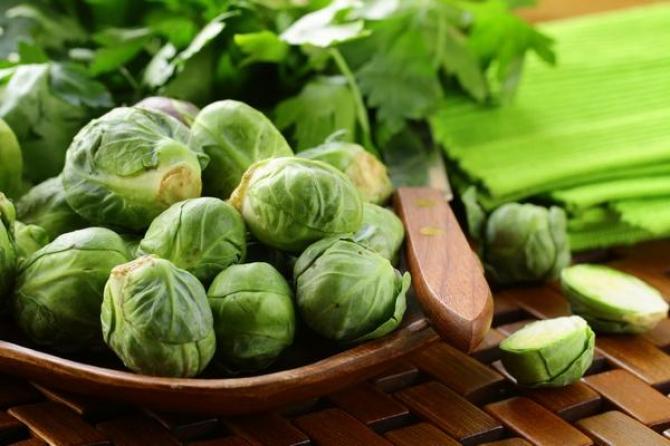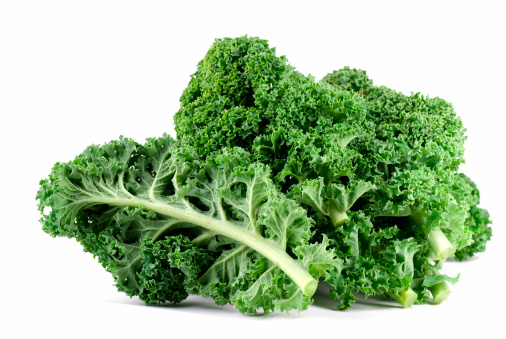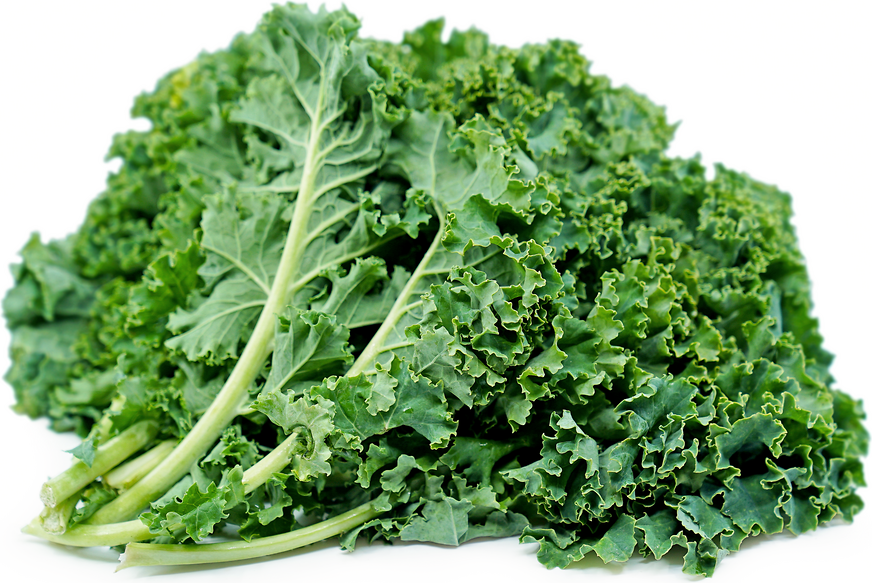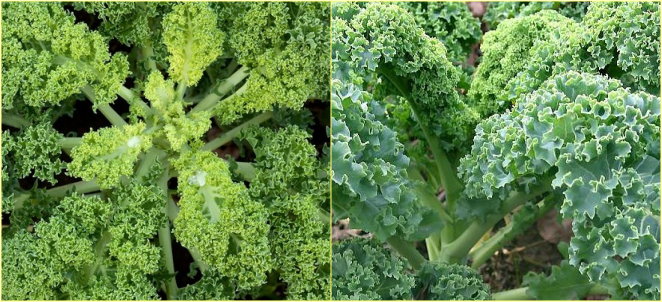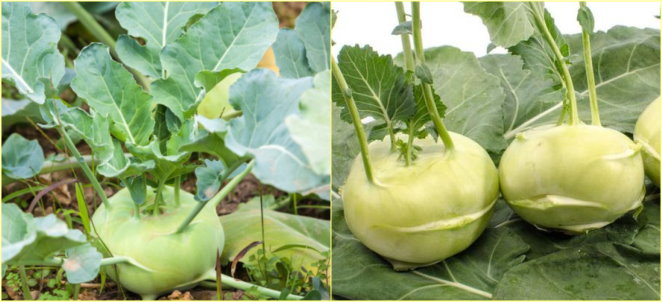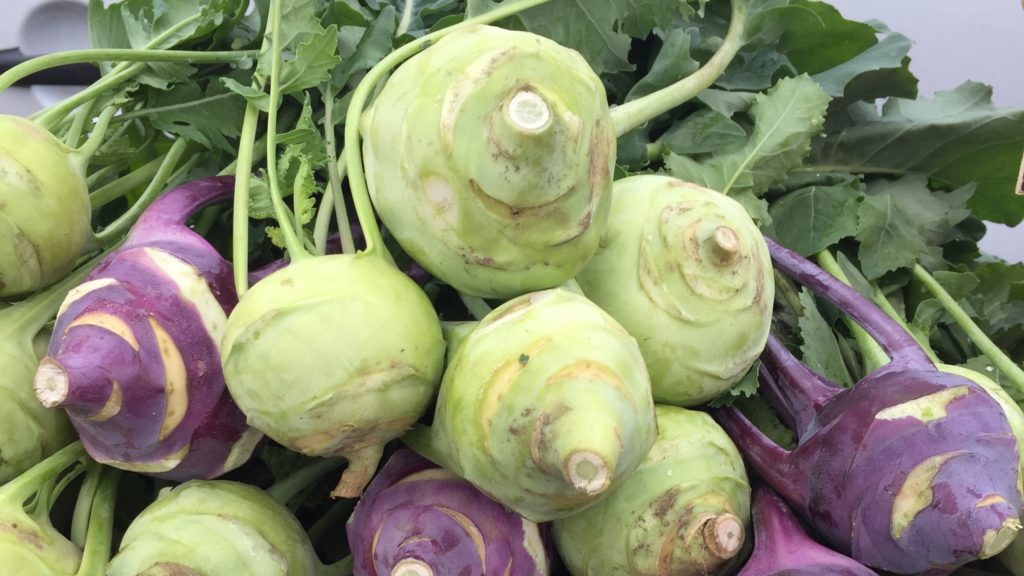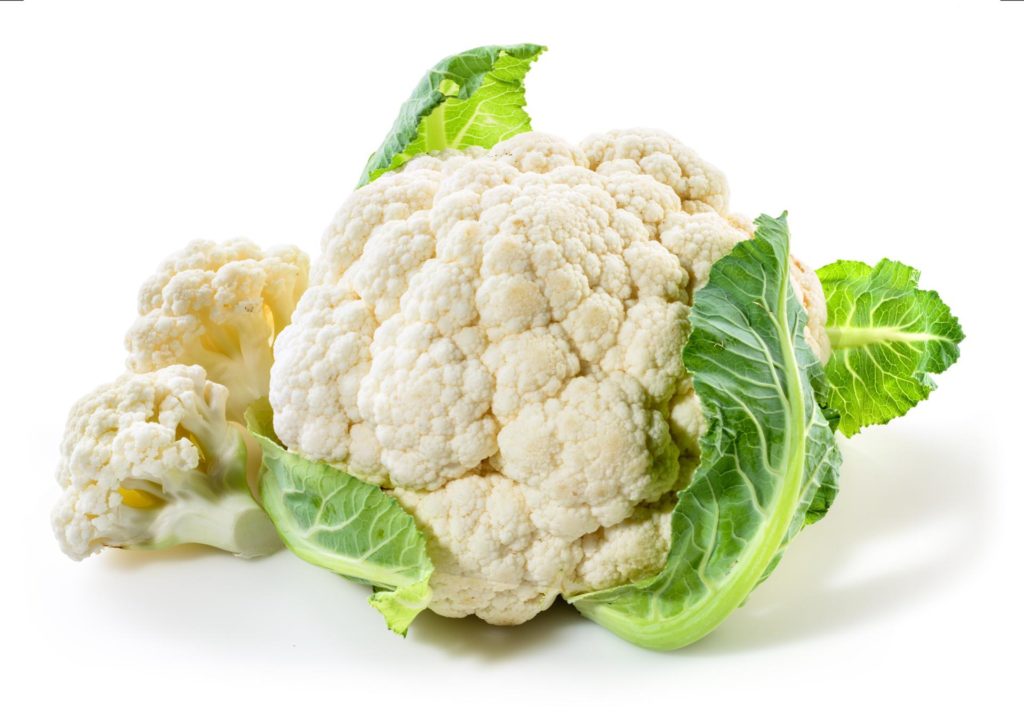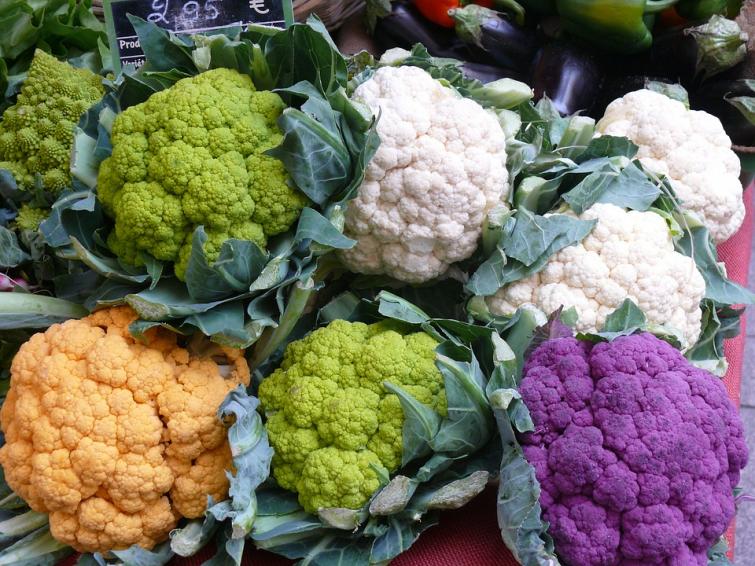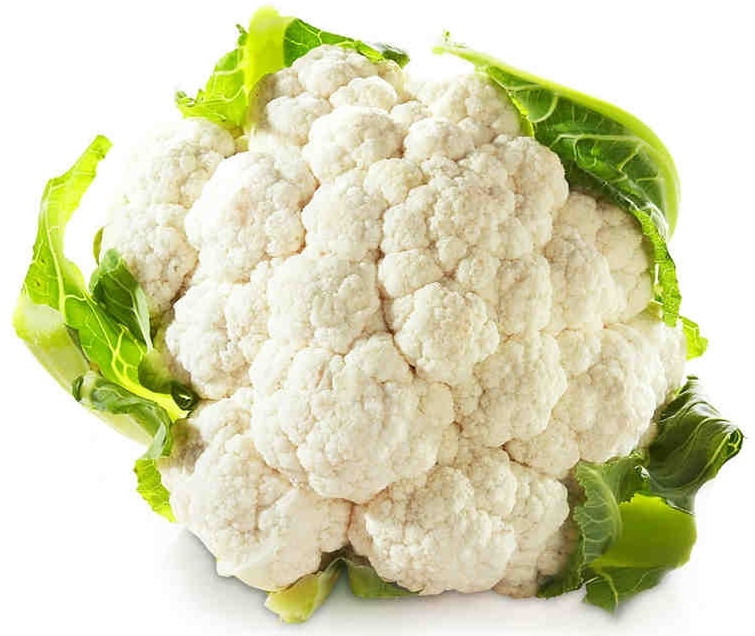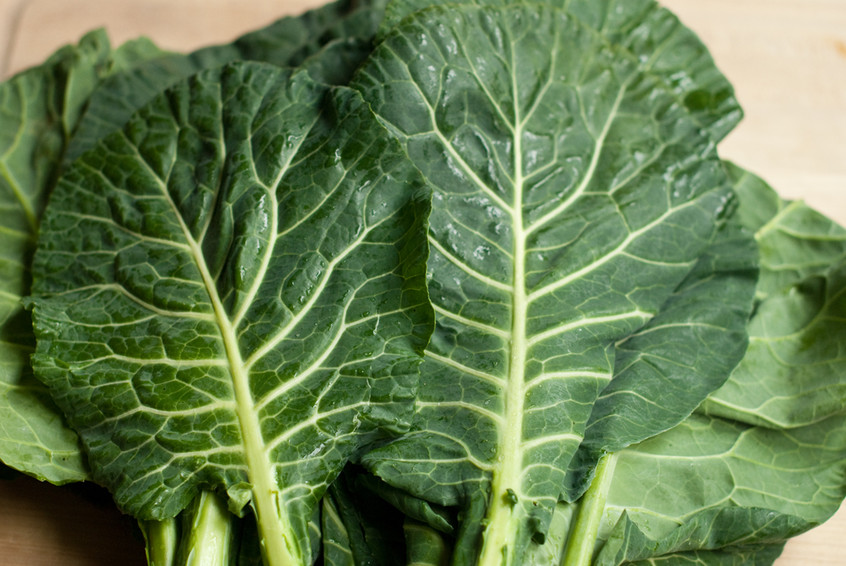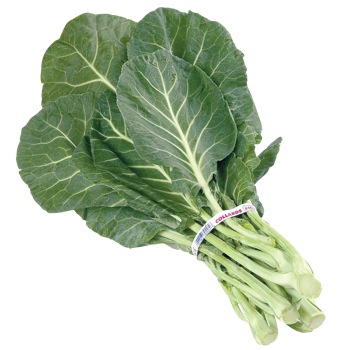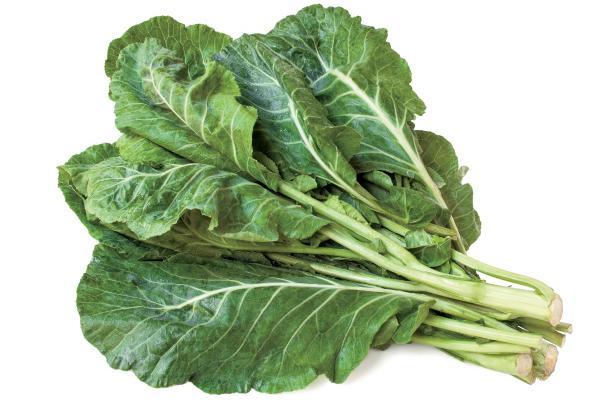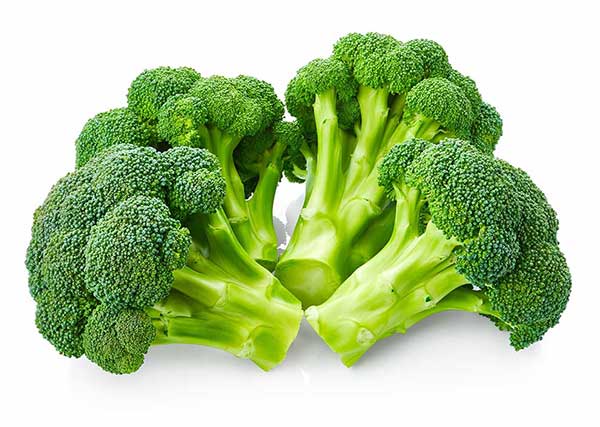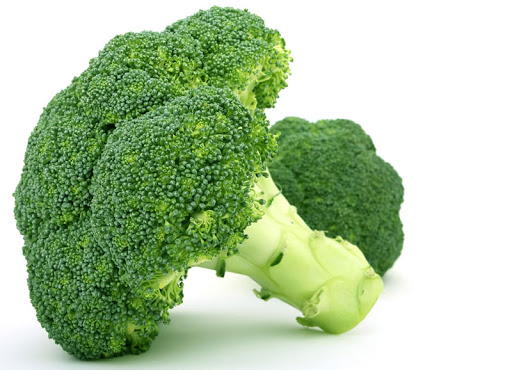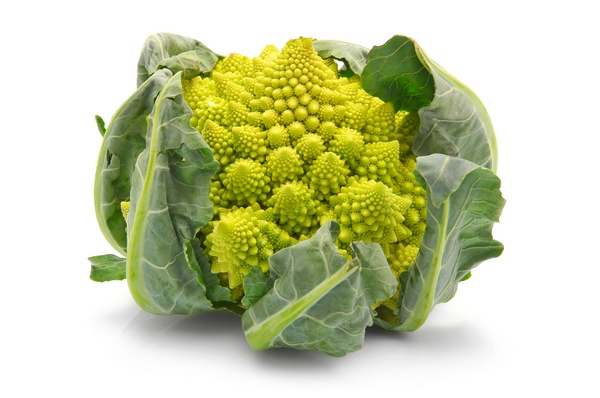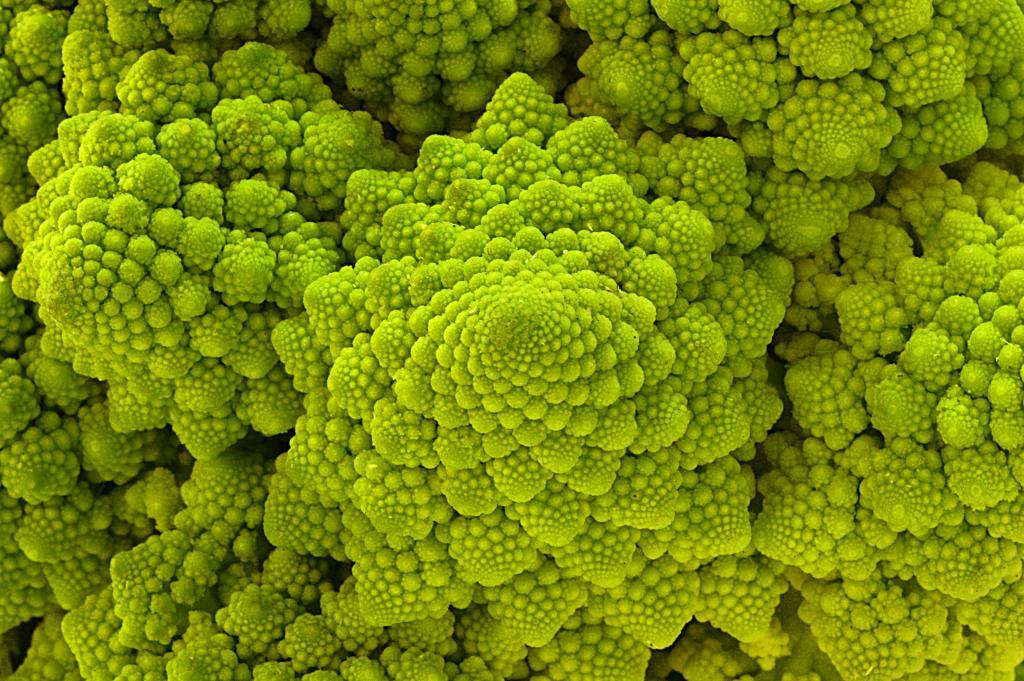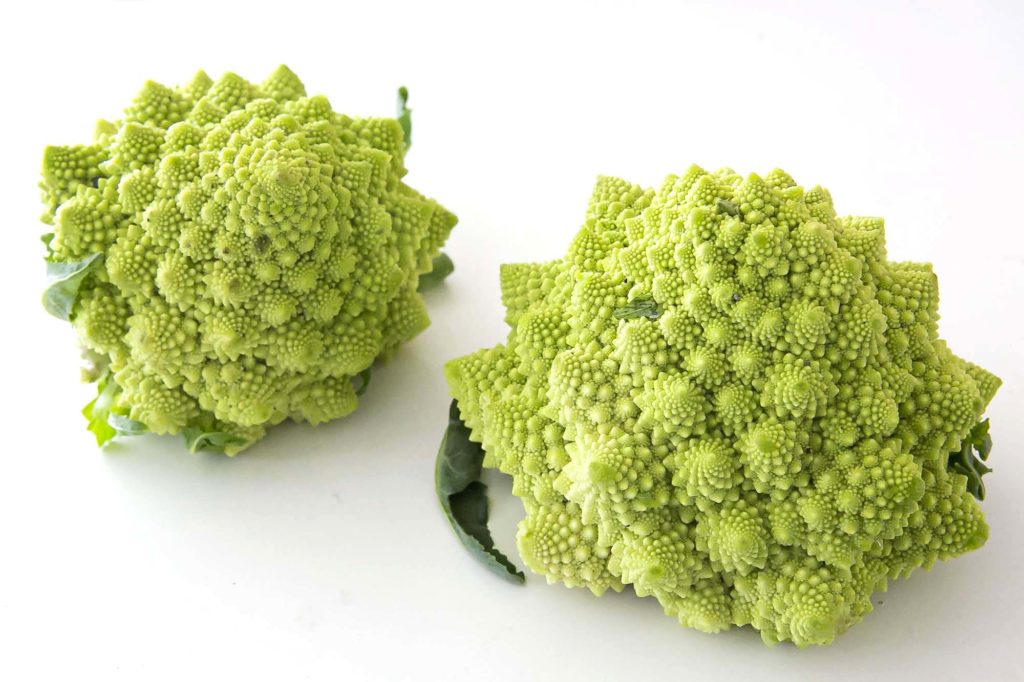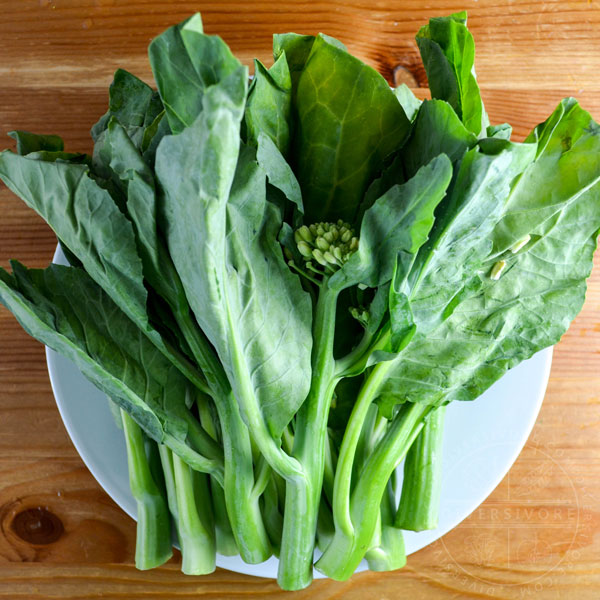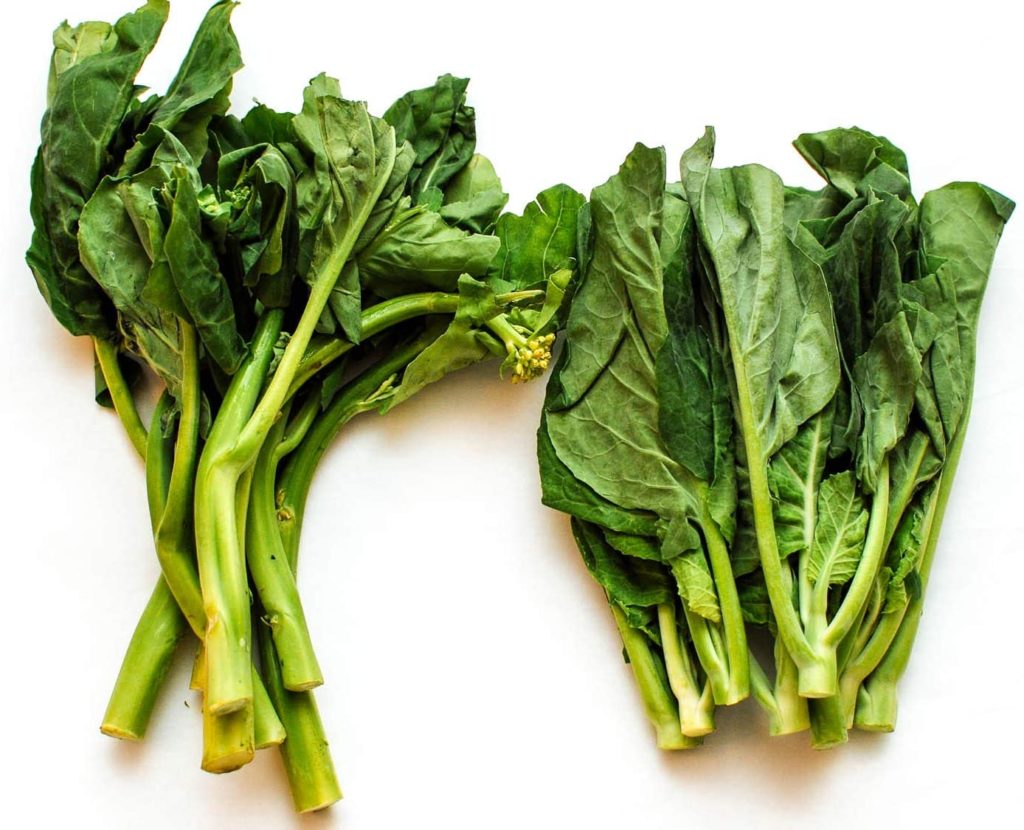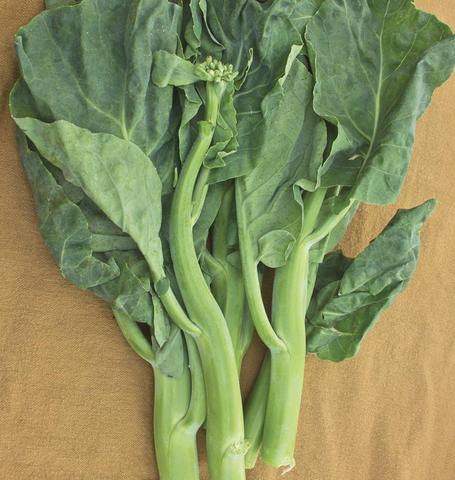Cabbage belong to Brassica oleracea, family of vegetables. is a plant species that includes many common foods as cultivars, including cabbage, broccoli, cauliflower, kale, Brussels sprouts, collard greens, Savoy cabbage, kohlrabi, and gai lan.
In its unrefined form, it is called wild cabbage, and is native to coastal southern and western Europe. A hardy plant in its uncultivated form, its high tolerance for salt and lime. This vegetable family contain about 38 plant species. Several factors contributed to the continued interest in cabbage. First, they are very tasty vegetables, extremely rich in nutrients and vitamins, and at the same time low in calories (100 g of cabbage is only about 20-50 kcl.). They also do not generally have any environmental requirements and their cultivation is quite easy. Cruciferous vegetables include not only head cabbage, but also cauliflower, broccoli, kale, savoy, Napa, and Chinese cabbage.
And since they differ in appearance, taste, and nutritional values, let us try to take a closer look at the most interesting ones.
White Cabbage (Green cabbage)
This cabbage is the ultimate model of cabbages. Use it in salads and slaws, stir-fry it, or long-cook it to bring out its crucial sweet nature. Look for heads that feel heavy for their size (which can range from softball to almost basketball size), with tightly packed, moist looking leaves. The queen of slaw, green cabbage can stand up to even the heaviest, creamiest, or spiciest of dressings.
Jaroma Cabbage
Jaroma cabbage is flatter than the usual round head of white cabbage. This makes it easier to cut with less work. Its leaves are also light green and slightly waxlike. Jaroma cabbage takes a shorter time to cook than white cabbage because it is more tender. You also do not need to blanch the leaves in advance if you want to prepare cabbage roulades, for example. Jaroma cabbage tastes milder than white cabbage and can even be prepared raw as a salad.
Savoy Cabbage
Savoy cabbage is also known as curly cabbage. With ruffled, lacy, deeply ridged leaves, Savoy cabbages are perhaps the prettiest cabbages around. The leaves are more loosely layered and less tightly packed than green or red cabbage, although its uses are similar. It is delicious thinly sliced in salads, quickly stir-fried, or braised in butter. Savoy cabbage is a bit more tender than other cabbages and works nicely as a fresh and crunchy wrap; try using it in place of rice paper or tortillas with your favorite fillings.
Pointed cabbage
Pointed cabbages have juicy, crunchy leaves. Their heads are quite loose and small. The perfect portion for an average family. The breeders’ intention was to use conical cabbage in salads. However, it can be stewed and used in warm dishes. This is a great young cabbage for versatile use. You can even pickle it because its leaves contain a lot of sugar.
Red Cabbage
Red cabbage looks like green cabbage except, well, it is a gorgeous red or magenta. Red cabbage heads tend to be a bit smaller than green cabbages but look for similarly tightly packed, moist-looking leaves and heads that feel heavy for their size. Red cabbage is delicious thinly sliced in salads like Red Cabbage Slaw or cooked. It is also lovely pickled, served with fish tacos (just use it instead of store-bought coleslaw). Bonus tip: Red cabbage turns an odd blue color when cooked. Ease this effect by adding some sort of acid (vinegar or lemon juice are common choices) when cooking it.
Napa Cabbage
Napa cabbage, also called Chinese cabbage, Pekinese cabbage or celery cabbage.
Napa cabbage does not look like head cabbages; it has long, light green leaves that flower off thick, white stalks. It looks a bit like a cross between romaine lettuce and pale Swiss chard. It has a lovely mild flavor with a peppery kick that is delicious in salads or stir-fries. You can also transform it into spicy kimchi.
Bok Choy
(and baby Bok Choy) has distinct leaves growing from a central stalk. It looks a fair amount like Swiss chard but with pale green stalks and leaves. It has a mild but bright cabbage-y flavor. Bok Choy is most often used in stir-fry’s but braising also brings out its sweet flavor. Baby bok choy can be cooked whole if you like, but all bok choy is perhaps at its best when the leaves are separated and cooked loose.
Brussels Sprouts
are tiny cabbages and are usually sold loose, but if you find them sold on the stalk, know that they will keep for several weeks if chilled.
Trim the ends, peel off any dark green leaves from each sprout, and then you can make roasted brussels sprouts, steamed brussels sprouts, or brussels sprouts with bacon. This is mt absolute favorite kind.
Kale
There is almost not any other vegetable that contains so much vitamin C: 100 g / 3.5 oz of kale cover more than the recommended daily requirement. It also contains important fiber, minerals, vitamin K and vitamin E, is rich in antioxidants and low in calories and fat.
Kohlrabi (also called German Turnip)
It can be eaten raw or cooked. Edible preparations are made with both the stem and the leaves. Regardless Of its common names, it is not the same species as turnip. The taste and texture of kohlrabi are like those of a broccoli stem or cabbage heart, but milder and sweeter, with a higher ratio of flesh to skin. The young stem can be as crisp and juicy as an apple, although much less sweet.
Cauliflower
When cauliflower is mature, heads appear as clear white, compact, and 15–20 cm (6–8 in) in diameter. Typically, only the head is eaten. The cauliflower head is composed of a white flowering meristem. Cauliflower heads resemble those in broccoli, which differs in having flower buds as the edible portion. Cauliflower is an extremely healthy vegetable that is a significant source of nutrients. It also contains unique plant compounds that may reduce the risk of several diseases, including heart disease and cancer.
Collard greens
Collards are a staple side dish in Southern cooking. They feature dark green leaves and tough stems that need to be removed before eating. The flavor of collards is a cross between cabbage and hearty kale, like Swiss chard.
Broccoli
characterized by fleshy green flower heads arranged in a tree-like fashion on branches sprouting from a thick, edible stalk. The term broccoli also is used for the edible flower clusters and stalk of this plant. Broccoli is one of a vast array of plants that provide value to human beings. In the case of broccoli, it is a largely nutritious food. Broccoli is a good source of vitamin C, iron, fiber, potassium, vitamin A, calcium, zinc, magnesium, carotene, and vitamin B. It is thought to be important in the prevention of certain types of cancer, along with diabetes, heart disease, osteoporosis, and high blood pressure.
Romanesco
(Roman cauliflower, Broccolo Romanesco, Romanesque cauliflower, or simply Romanesco).
Romanesco Closely resembles a cauliflower, but it is chartreuse (a color between green and yellow) in color, with the form of a natural fractal. The inflorescence (the bud) is self-similar in character, with the branched meristems making up a mathematically complicated looking spiral, giving a form approximating a natural fractal; each bud is composed of a series of smaller buds, all arranged in yet another logarithmic spiral. This self-similar pattern continues at smaller levels. The pattern is only an approximate fractal since the pattern eventually terminates when the feature size becomes adequately small. Nutritionally, Romanesco is rich in vitamin C, vitamin K, dietary fiber, and carotenoids. Surprisingly, it has a slightly nutty flavor when cooked. Closer to a cauliflower mixed with chestnuts, it is less bitter than its broccoli brothers. It tastes fantastic, especially roasted.
Gai lan or kai-lan
(is the Cantonese name for Chinese broccoli or Chinese kale).
long, fleshy stalks with wide and flat leaves. The thick stems are pale green, smooth, and crunchy, and the broad, variegated, blue green to dark green, waxy leaves are semi-glossy with renowned veining. As the plant matures, it develops small, edible flower buds that will eventually open and bloom white flowers, and the entire plant is harvested when young for its crisp and tender texture. Gai Lan has a similar, but slightly stronger flavor to broccoli and is bitter-sweet with a green, vegetal flavor. The flavor is remarkably like that of broccoli, but slightly more bitter. It is also noticeably stronger than broccoli.
